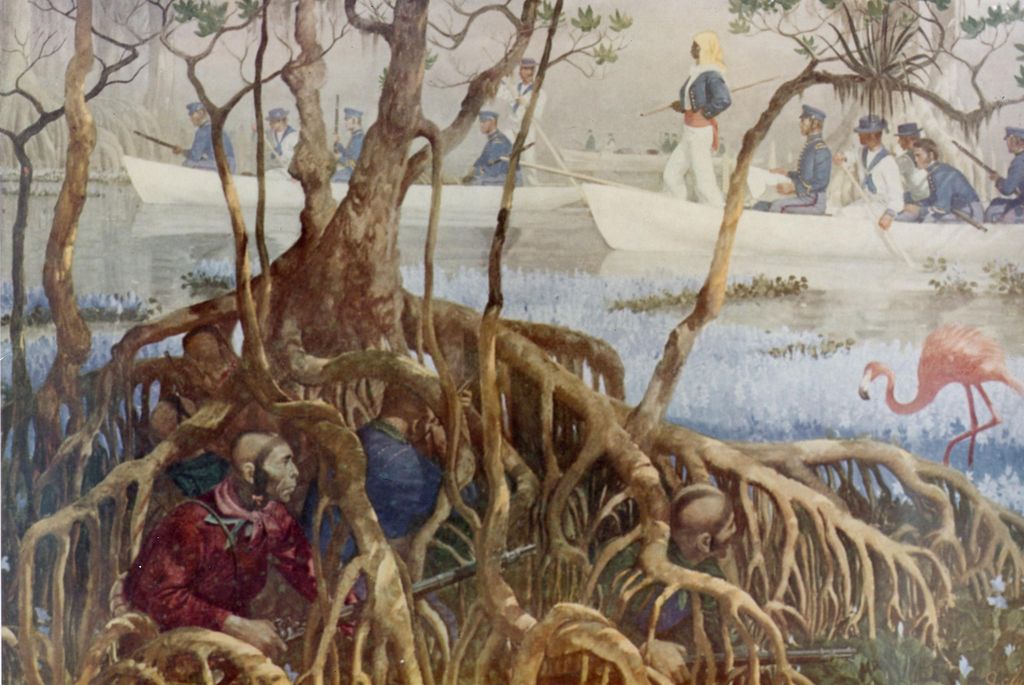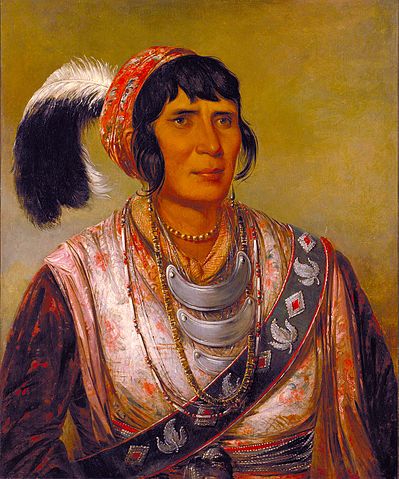Authors:
Historic Era: Era 3: Revolution and the New Nation (1754-1820s)
Historic Theme:
Subject:
Summer 2012 | Volume 62, Issue 2


Authors:
Historic Era: Era 3: Revolution and the New Nation (1754-1820s)
Historic Theme:
Subject:
Summer 2012 | Volume 62, Issue 2

The story of Osceola and the Great Seminole War in Florida seems so fantastic at times that it is hard to believe it is all true. One warrior with courage, cunning, and audacity unsurpassed by any Native American leader masterminded battle tactics that frustrated and embarrassed a succession of U.S. Army generals.
Osceola initiated and orchestrated the longest, most expensive, and deadliest war ever fought by Native Americans. He embarked on this quixotic struggle not for glory or out of hatred for the white man, but simply because he believed his people were being treated unjustly. Osceola had not always been a member of the Seminole tribe, nor had he always lived in Florida. He was born Billy Powell around 1804 in the Creek town of Tallassee, near present-day Tuskegee, Alabama. Like many Creeks of his generation he was of mixed parentage—a Scottish-English father and a Creek mother.
Between 1812 and 1814, the Creeks living along the Tallapoosa River, which included the Powell family, rose to defend their land against encroaching white settlers. The U.S. government, already involved in the War of 1812, mustered a militia under the command of Gen. Andrew Jackson to come to the aid of the settlers. Jackson and his men laid waste to the territory, attacking and destroying Creek towns.
The Powell family and their neighbors were forced to flee. Impoverished and desperate, they drifted south, living off the land. In time, these Creek refugees arrived in Spanish Florida and settled near present-day Tallahassee. The area was inhabited by the Seminoles, whose culture resembled their own in most respects.
The Seminole Nation was not a distinct tribe with a long heritage but instead had been formed from various Native American tribes that had migrated down from the north and banded together. They also invited runaway slaves to join them.
The Creek newcomers felt heartily welcomed and enjoyed a period of peace and prosperity. The tribe owned herds of livestock, the luxuriant Florida climate produced an abundance of food, and goods from British and Spanish traders were readily available.
For years, however, the Seminoles had been raiding white American settlements along the Georgia and Alabama borders. Once again the government called on Andrew Jackson, who led a large force into Florida and eventually marched on the village where Billy Powell and his mother lived and burned it to the ground.
Billy, now 14 years old, got a firsthand taste of U.S. military power when he was captured and held briefly before being released unharmed. Jackson’s invasion ended the prosperity of these Seminoles, and Billy and his mother uprooted once more and moved to the